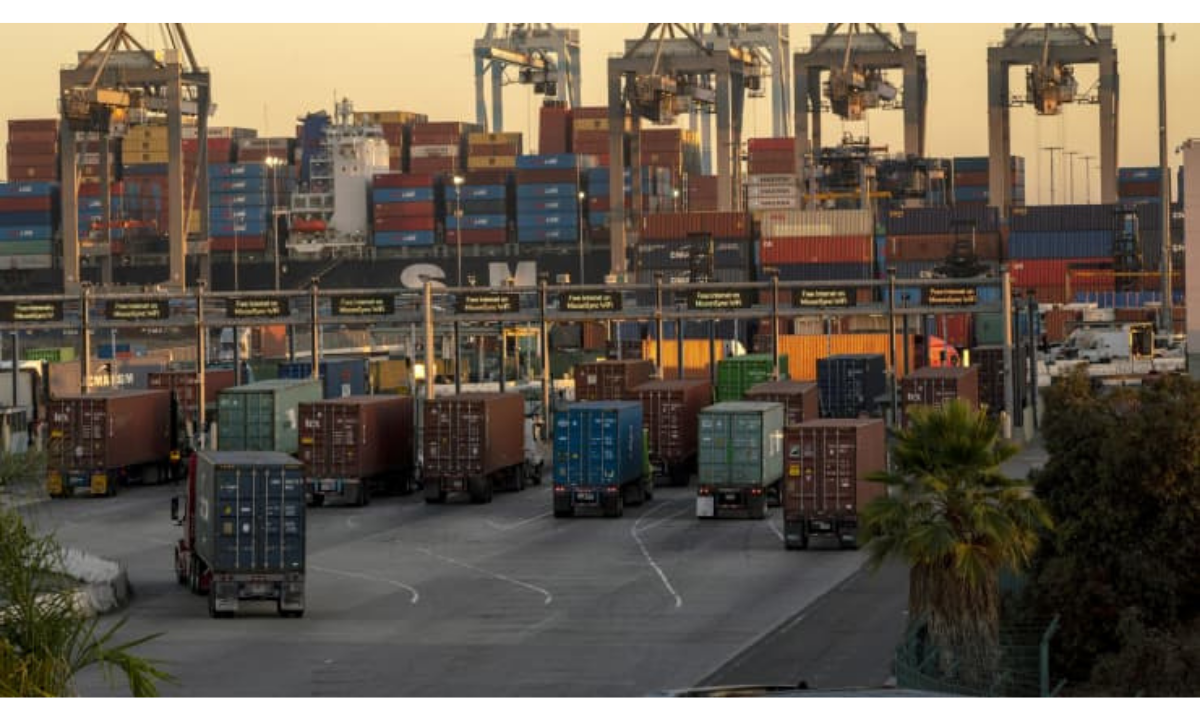Written by Vincent Cain
In December, the ports at Los Angeles and Long Beach, Calif., had a combined inbound volume drop of about 14%, compared to the same time last year, according to data from the ports. This was the fourth consecutive month in year-over-year declines.
The ports backlog of ships has also continued to grow over the past few months. According to the Marine of Southern California, the number of ships waiting to enter the port complex grew to over 100 in December and rose to a record 109 in early January.
The backup of ships is because of a shortage of workers. The ships can’t unload quickly because the terminals are full of containers. Truckers can’t pick up the loads due to a lack of drivers. Warehouses near the ports are short of employees and don’t have more room for more deliveries.
A U.S. Department of Transportation spokesman said the ports made progress recently in speeding up the movement of the containers from terminals to truck yards and warehouses. However, we have yet to see that progress as the problem worsens.
Jim McKenna, chief executive of the Pacific Maritime Association, said of the roughly 35 ships, only about five to 10 are not being unloaded because there is no space for the boxes.
The Southern California backlog has pushed importers to explore alternate ocean gateways. FedEx has recently launched a charter service, carrying up to 300 containers to Port Hueneme, CA, a gateway 80 miles up the coast.
In October, the White House announced that terminals in Southern California would work around the clock to speed up the flow of containers to manufacturers and retailers. Unfortunately, though, the initiative hasn’t attracted many truckers. Gene Seroka, executive director of the Port of Los Angeles, said, “We’ve had very few takers.”
Photo Cred: Kyle Grillot | Bloomberg | Getty Images




